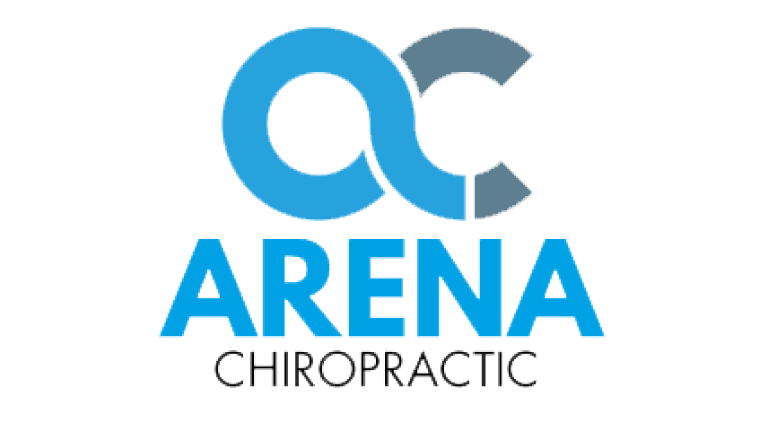If you’ve ever been involved in a motor vehicle collision, you’re probably familiar with the term “replacement parts” or “crash parts”. Your auto insurance company will usually offer to repair your car using after-market bumpers, door panels, wheel assemblies, and other parts. Or, you may prefer to have the repair done with parts from the original manufacturer. Regardless of the source of the parts, your car will not be the same as it was in its original condition. It’s important to bear the auto analogy in mind if a surgeon has recommended a hip, knee, or shoulder replacement as a solution to a problem of chronic pain.
The frequency of joint replacement procedures of all types is dramatically on the rise within the last 20 years.1 For example, in the United States there has been a 58% increase in total knee replacements from 2000 to 2006. There has been a 50% increase in total hip replacements from 1990 to 2002. Unfortunately, the revision rate (repeat procedures) for total knee replacement more than doubled and revision total hip replacements increased by 60% within the respective, above-noted intervals.
The simple fact is that although your body may appear to be a machine, it is rather an exceedingly complex entity whose whole is much greater than the sum of its parts. Thinking of your body as a machine may be a useful metaphor, one that may aid considerably in medical practice. But the metaphor is not the reality, and forgetting this crucial distinction may lead to substantial and possibly irremediable problems for a patient. Manufactured joints are never as good as your actual physiological structures, no matter the quality of the replacement components.
Of course, there are many circumstances in which joint replacement is indicated and provides great benefit for a patient. However, such procedures should probably be a last resort and never considered standard of care. A best practice would be to reserve joint replacement for situations in which pain is unrelenting and the person has failed several forms of conservative care.
Optimally, in most cases measures are available to avoid such radical outcomes. The best steps for each of us to take is to begin ongoing programs of regular vigorous exercise and healthy nutrition.2,3 Regular exercise, a healthy diet, and sufficient rest will assist all our physiologic systems to achieve peak levels of performance. By making such beneficial lifestyle choices, we help diminish the likelihood of chronic, debilitating pain and loss of function. As a result, we help ourselves avoid the need for replacement parts.
1Singh, JA: Epidemiology of Knee and Hip Arthroplasty: A Systematic Review. The Open Orthopaedics Journal 5:80-85, 2011
2Marley J, et al: A systematic review of interventions aimed at increasing physical activity in adults with chronic musculoskeletal pain–protocol. Syst Rev 2014 Sep 19;3(1):106. [Epub ahead of print]
3Tanaka R, et al: Effect of the Frequency and Duration of Land-based Therapeutic Exercise on Pain Relief for People with Knee Osteoarthritis: A Systematic Review and Meta-analysis of Randomized Controlled Trials. J Phys Ther Sci 2014 Jul;26(7):969-75. doi: 10.1589/jpts.26.969. Epub 2014 Jul 30




